ANNIE LEIBOVITZ
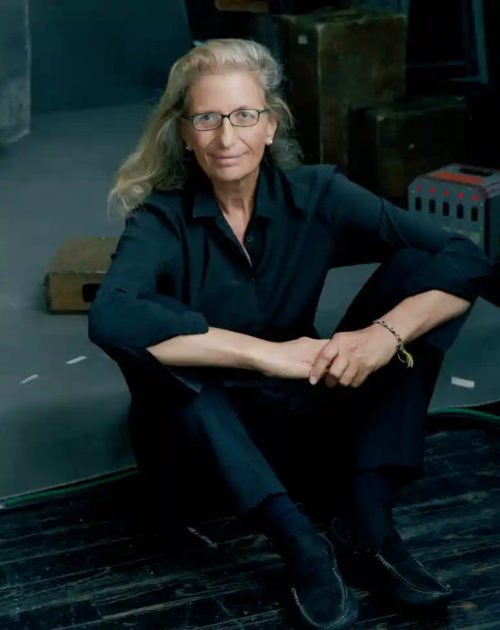
Annie Leibovitz. I was struck by her photographs long before I knew her name. Her work is compelling, a “record of the culture of our time,” and always of people.
Here’s a brief story (mine) about three of Leibovitz’s photographs. In 1980, I was seven years old. A newscast on television reports that John Lennon is dead. I remember this. I also remember Leibovitz’s photograph of Lennon and Yoko Ono on the cover of Rolling Stone. I don’t know when I first saw it; it feels like it was always there. Fast forward. It’s 1991 and I’m a teenager. I see the cover of Vanity Fair in a store. Demi Moore, heavily pregnant, stands naked, kind of modestly. I’m intrigued; of all the images that compete for my attention, this one wins. Next, it’s 2012 and I see a poster for the movie Les Miserables. A young girl looks out of the poster. Now, that is a good portrait, I tell myself. I still don’t know Annie’s name.
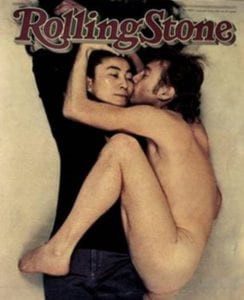


Leibovitz made an impression on me. I’m wondering why I notice and remember her work. She is slightly controversial, maybe because of the nudity (the Lennon photograph, the (More) Demi Moore, and later, Whoopi Goldberg in a bath of milk, Keith Haring covered in body paint, and Miley Cyrus, only fifteen years old). I don’t think I’m drawn by this lack of clothing. What’s the connection?
Leibovitz has been taking photographs longer than I’ve been alive. Her work records life from her American perspective. I’m British. I live in the United States now but the longer I’m here, the more British I feel. I think this is strange; I’m still trying to understand this. Leibovitz has cataloged many of the iconic faces and events of my lifetime. I became more aware of this cultural divide when I watched footage of Leibovitz photographing Elizabeth II, Queen of England in 2007. More about this later.
Leibovitz was born in Connecticut in 1949. She studied painting, then photography at the San Francisco Art Institute. She worked at Rolling Stone as a photojournalist from 1970-1983, quickly making a switch to portraiture. She said, “I made a decision many years ago that I wanted to crawl into portraiture because it had a lot of latitude. I realized I couldn’t be a journalist because I like to take a side, to have an opinion and a point of view; I liked to step across the imaginary boundary of the objective view that the journalist is supposed to have and be involved.” In 1983, she took a position at Vanity Fair and in 1990 began working for Vogue. She has a long list of notable photographs, many books, and has exhibited all over the world. It seems that just about every celebrity is happy to step in front of her lens.
In 2017, Masterclass released a class called “Annie Leibovitz Teaches Photography.” I signed up for a free trial just to watch this class. Since I like portraiture, I thought I should learn from the best. Here are a few of her words: “I’m a creative artist using photography.”
“In portraiture, you have so much leeway… You can be conceptual, abstract, tell a story, journalistic. There are so many options available in portraiture. You’re not confined by one idea.”
“It’s offensive to me when I hear people say, Oh, you really got that person, or you have their soul. Baloney. You have a little bit of someone that you’re trying to represent on a flat surface… The idea of the decisive moment that I was trying to emulate for so many years was thrown out the window… A portrait is a small piece of that person. Also, it’s my point of view.”
“Everything you do prepares you for when you don’t have time to think about what you’re doing.” This quote brings me back to Leibovitz’s photographs of the Queen. Leibovitz was the first American commissioned to photograph the Queen. She had thirty minutes to do the job. Leibovitz and eleven assistants spent three weeks preparing for the photo shoot. Leibovitz’s lighting technique is often natural light combined with diffused strobe. The strobe is usually a stop below the ambient light.
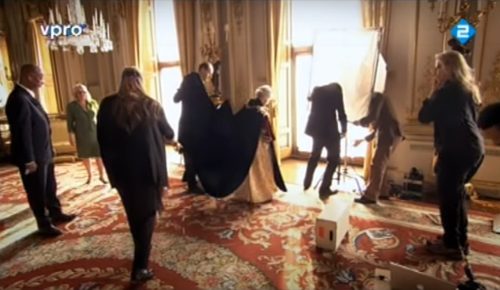
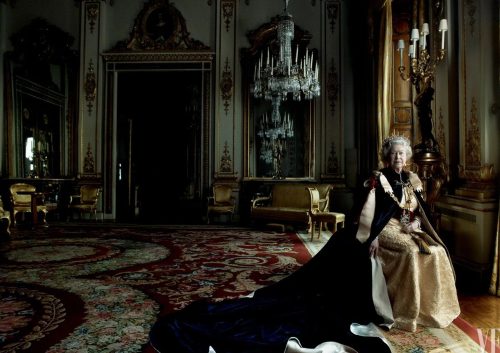
The light is wonderful and the photographs are rich, simple, and accurate. Their paint-like quality reminds me of traditional royal portraiture back in the day (before cameras). In 2016, Leibovitz was invited back to take informal family portraits to celebrate the Queen’s 90th birthday.
One more project: Disney Dream Portrait Series. It’s twenty-three photographs made from 2007 to 2014 of celebrities dressed as Disney characters. Here’s a picture of Scarlett Johansson as Cinderella. It does rather remind me of that first picture of the queen.
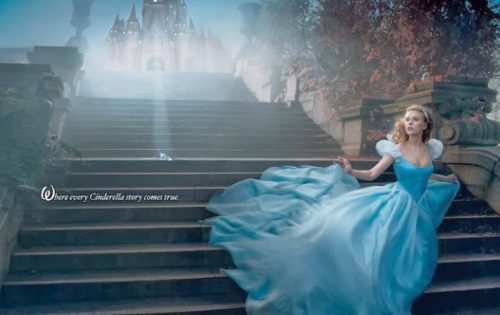
As Disney is (apparently) the place where dreams come true, it doesn’t matter that the images are heavily edited (usually backgrounds were added after studio sessions with the models). They show Leibovitz’s creative style and versatility. The narratives are strong and the photographs are fun.
Leibovitz is well known. The New York Times said, “There is rarely somebody who has captured America like [Leibovitz] in terms of her perception of the 20th century.” Celebrity is the name of the game. Once, it used to be celebrities standing in front of her lens; now there’s also one behind it.

